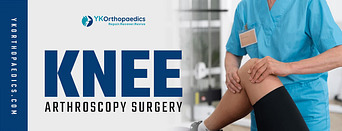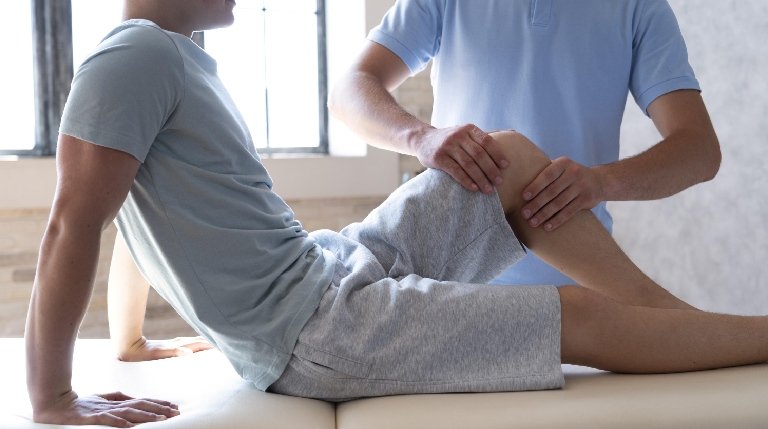
How Posture Affects Natural Hip Movement
Overview
It is crucial to have a good posture in order to be in good health. It keeps you safe from various medical issues ranging from mildly painful to agonising. Although your posture is essential, people usually tend to neglect the significance of good posture. It can affect different body parts, and you will eventually have to face its long-term effects. The largest joint in our body is the hip joint. The femur is connected to the pelvis via the socket joint and the ball, thereby allowing for flexible movements for your legs. Nearly half the weight of the human body rests on this joint when we walk, and it is this joint that suffers a lot of pressure as it is used the most. In this blog, YK Orthopaedics brings you the importance of good posture and how the wrong posture can affect you.
Factors That Affect Bad Posture
- Bad Habits: More often than not, the primary cause of our lousy posture is our habits. The point is that we hardly ever pay any attention to our posture and continue slouching.
- Environment: Most of us have working conditions that require sitting on a chair all day or standing in awkward positions. This promotes bad posture.
The Impact Of Posture On Natural Hip Movement
When your posture is wrong, it stresses the musculoskeletal system in specific areas that may result in pain or injury with time. For instance, studies show that correcting posture can significantly reduce hip pain. When continued lousy posture places additional stress on certain parts of the musculoskeletal system, such as the hips, it can result in wear and tear on your hip joint.
How Can Bad Posture Cause Medical Issues?
If you have a bad posture, then you are compromising the healthy movement of your hips. Different postures can stress your body, leading to pain or limited movements in other parts of your body.
Sitting for long periods with your back bent in an irregular position or walking with your back slouching puts a strain on your spine. With time, this strain can cause the vertebrae in your spine to slip forward onto the other vertebrae, which rest on cushion-like structures known as discs that prevent friction. When they move forward, your vertebrae press against the nerve that runs through the spinal cord, thereby causing excruciating pain.
How To Improve Your Posture
It is still not too late to work on your posture. Follow the tips below to improve it.
- Stay active, as regular exercise helps in strengthening important muscle groups that support your posture.
- Be careful of your posture when you carry out your daily tasks.
- Wear comfortable footwear that allows you to walk without compensating for discomfort and pain.
- Manage your weight. After all, extra kilograms can cripple your abdominal muscles, thereby causing issues in the spine, pelvis, and lower back.
- Adjust your work surface to a favourable height.
Bottom Line!
Now that you know what bad posture can do to your hip movement, it is high time you work on improving it. If you have persistent back pain or unnatural aches, get in touch with us today and ensure better overall health.




